What Is The Difference Between Nostalgia And Antique
Home » What’s The Difference Between Nostalgia And Antique
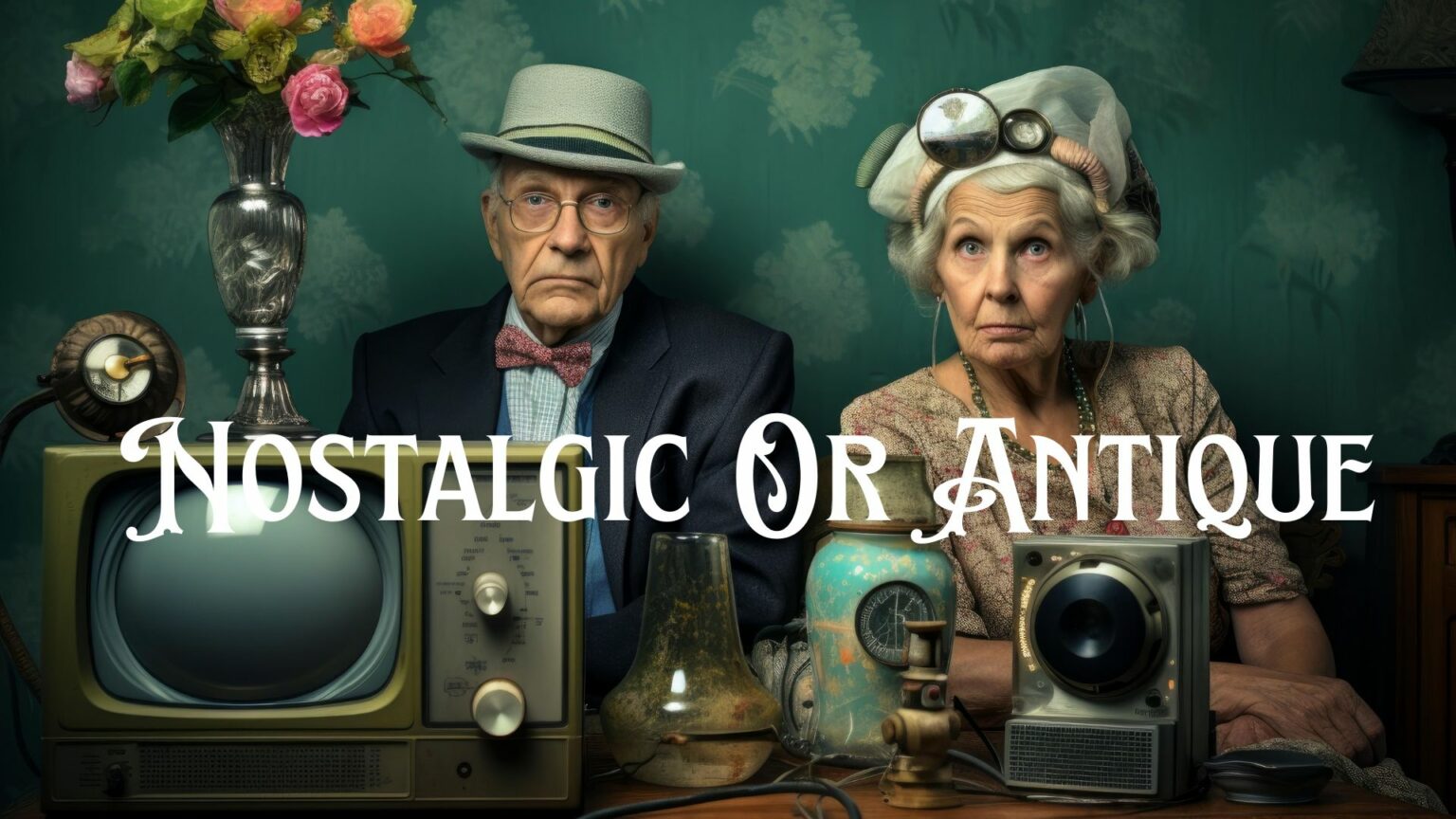
What’s the difference between nostalgia and antique? Nostalgia is a strong emotion that often takes us on a trip down memory lane, giving us an emotional connection to the past. Yes, it’s like thumbing through an old picture book and immediately being transported back to that moment—but why do we feel this way? A closer look reveals that the Greek origins of the term “nostalgia” indicate both “homecoming” and “pain.” It’s a bittersweet mood that combines delight with an element of yearning.
Seriously, what is it about clinging to our childhood toys or that one song from high school that we just can’t let go of? These aren’t just things; instead, they carry all of our feelings, thoughts, and recollections, intricately bound up with them. In fact, according to psychologists, nostalgia serves an important emotional function by allowing us to find solace or significance, particularly during difficult times
Let’s put our minds to things like vintage video games, bell-bottom jeans, and vinyl albums. These things aren’t just items; they bring back a story, evoking strong feelings and memories. It’s like they transport us to a time and place that felt perfect—or maybe just perfectly imperfect.
This is where the fascinating world of nostalgia truly begins. Unlike antiques, which come with age and rarity restrictions, nostalgia is deeply personal. For instance, what feels nostalgic to me might simply be an old item to someone else. Therefore, being aware of this distinction helps us better understand how emotion and worth intertwine.
What exactly is nostalgia?
Nostalgia is a powerful emotional experience that ties us to our past. The word comes from the Greek terms nostos (return) and algos (pain), meaning “longing for the past.” At its root, nostalgia is about emotions rather than actual stuff.
Below I will point out the two types Of Nostalgia
- Reflective Nostalgia is about savoring memories.
- Example: Watchingold cartoons from your childhood just to relive the joy.
- Restorative Nostalgia
- This type of nostalgia tries to recreate the past.
- Example: Decorating your kitchen with 1950s-style appliances.
- Old toys like Polly Pocket or G.I. Joe figures.
- Retro video games, such as the original Nintendo Entertainment System.
- Vinyl records from bands like The Beatles or Queen.
- Emotional connection, not age or rarity, is what makes anything nostalgic. Sometimes as simple as a song or an image might ignite it.
Exploring the Charm of Antiques: Characteristics and Mystique
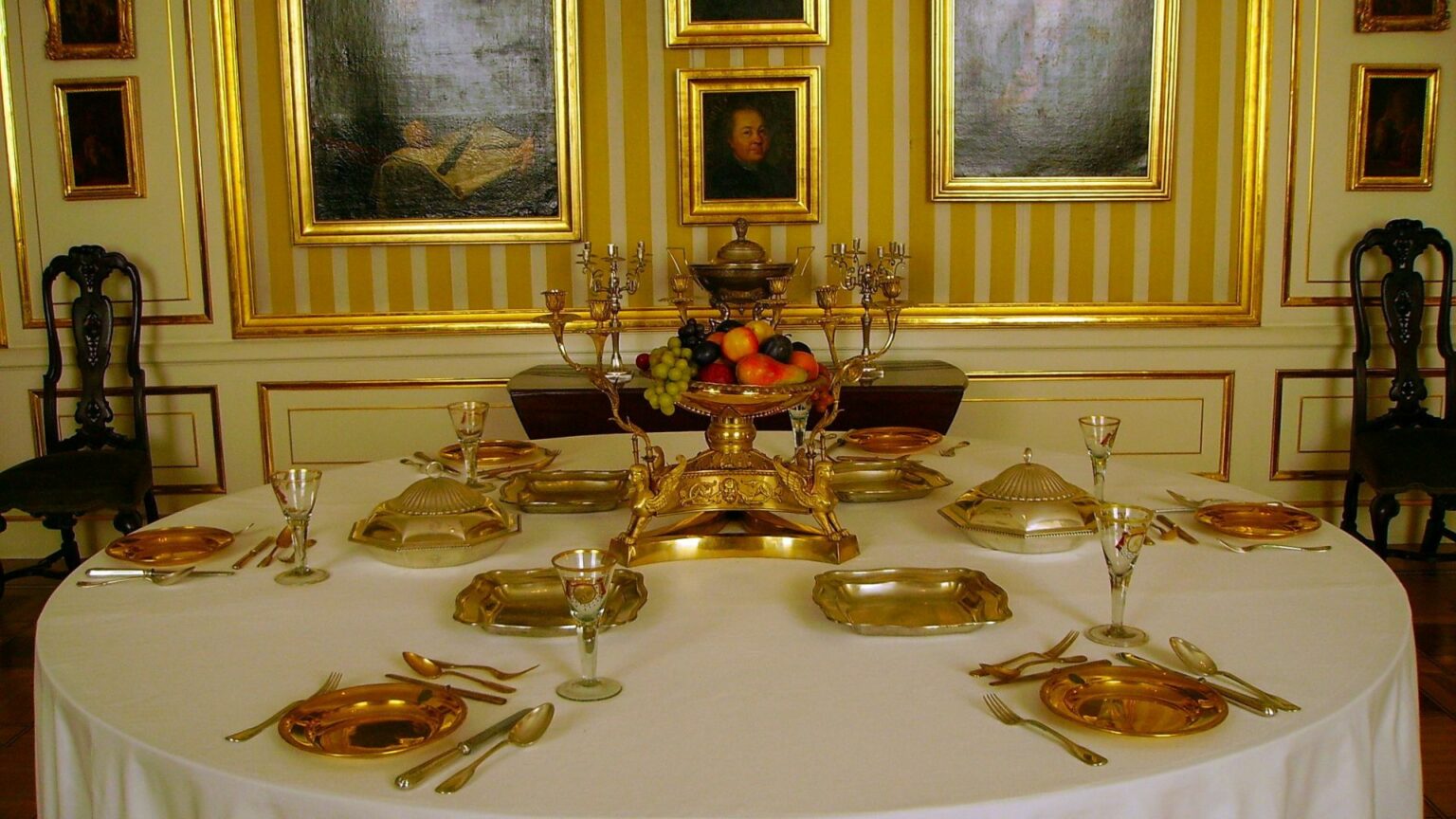
If you see something at a market sale that looks and feels like it came from a different time, it’s probably an antique. Age isn’t the only thing that makes something an antique, but it is a big part of it. Traditionally, an object must be at least 100 years old to be considered antique. But age alone isn’t the full story.
Antiques have a certain attraction since they were created before manufacturing in large quantities became the norm. What really sets an antique apart and determines its value is its rarity and condition. A well-kept object with historical value may tell you stories from the past, almost as if you were holding a piece of history in your hands.
Antiques are appealing for a variety of reasons, including furniture and crockery, fine jewelry, and artworks. Each work has a distinct atmosphere, which frequently reflects the craftsmanship and culture of the period. This aspect captivates both collectors and history buffs.
What's The Difference Between Nostalgia And Antiques? - Video
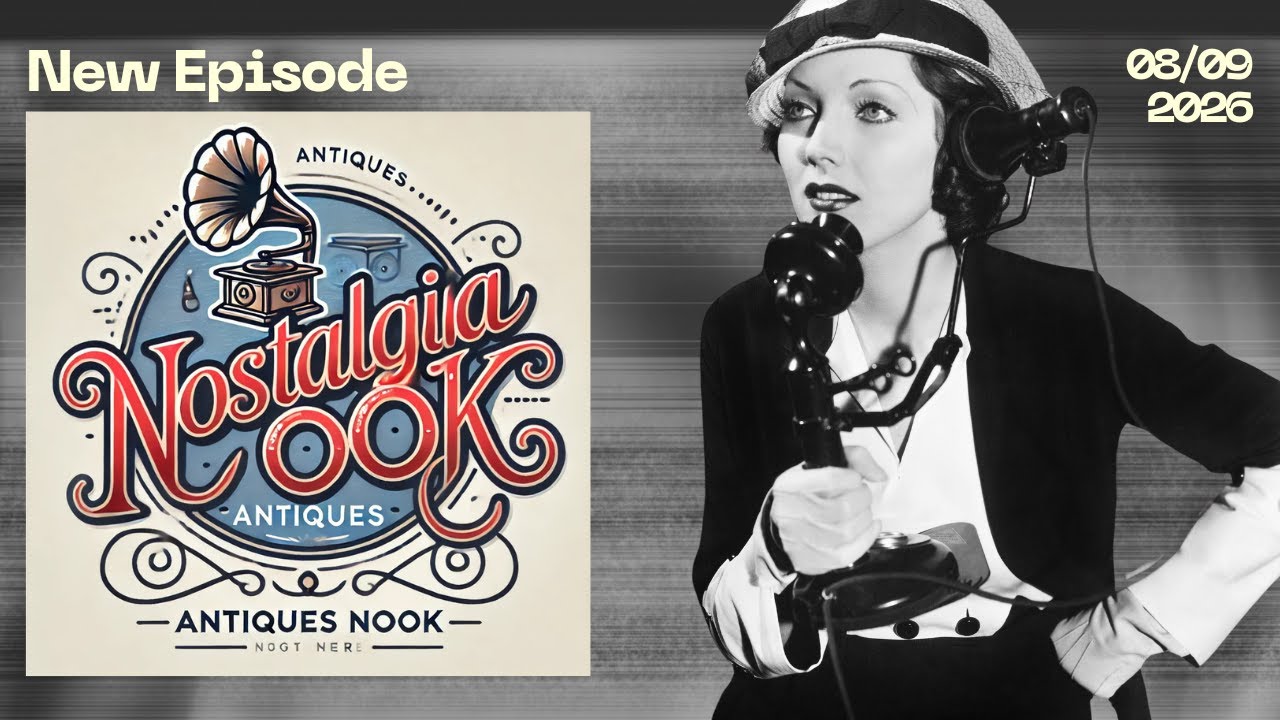
What constitutes an antique?
It’s crucial to know the difference between nostalgia and antique pieces. While vintage items have that classic flair, they’re not old enough to be antiques. In fact, it’s more about the era a particular piece hails from than anything else. So, a 1920s flapper dress qualifies as vintage, while a Victorian gown from the 1800s steps into antique territory.
- Age: Must be over 100 years old.
- Craftsmanship: Often handmade, showcasing superior skill.
- Historical Significance: Linked to specific eras, such as Victorian or Edwardian periods.
- Materials: High-quality materials like mahogany, porcelain, or gold.
Antiques: - Examples of Antiques: Furniture: Chippendale chairs, Art Deco cabinets.
- Jewelry: Georgian rings or Victorian lockets.
- Collectibles: Military memorabilia or rare Timepieces.
The Unique Thread: Discover The Difference Between Nostalgia And Antique

When discussing the difference between “antiques” and “nostalgia,” we often use these terms interchangeably, yet they signify distinct concepts. For instance, we become nostalgic when reminiscing about the good old days, while antiques are tangible objects rich with history that remind us of the past. Moreover, nostalgia draws on our emotional history, transforming memories into rose-tinted stories. On the other hand, antiques carry the charm of history, linking us to times long gone. Ultimately, the best way to understand both is through a thoughtful mix of facts and feelings.
Combining facts with emotions is best for understanding both. It’s intimate, like talking to your memories. This emotional bond makes nostalgia powerful. We value antique toys and childhood books for this reason.
The value of antiques lies in the fact that they provide direct access to the past. These objects have survived for decades, if not centuries, bringing with them tales and styles from previous times. To truly understand an antique, you need to appreciate its history. For example, whether it’s an old piece of furniture or a fine china teacup, every item has its own unique story to share. Furthermore, collecting or even just admiring these objects allows us to experience a variety of eras and civilizations, ultimately providing a more complete sense of ourselves and our place in the world.
The chart below will showcase the key differences between nostalgia and antiques.
- Emotional vs. Tangible Value
- Nostalgia: Focuses on reliving or recreating memories. They can evoke nostalgia but are not classified as antiques yet.
- Example: A 1980s Atari console is both nostalgic and vintage but not antique. Antiques: Appreciated for historical importance and potential monetary value.
- The term vintages bridges the gap.
- Vintage items are typically 20-99 years old.
- They can evoke nostalgia but are not classified as antiques yet.
- Example: A 1980s Atari console is both nostalgic and vintage but not antique.
When exactly does anything become an antique?
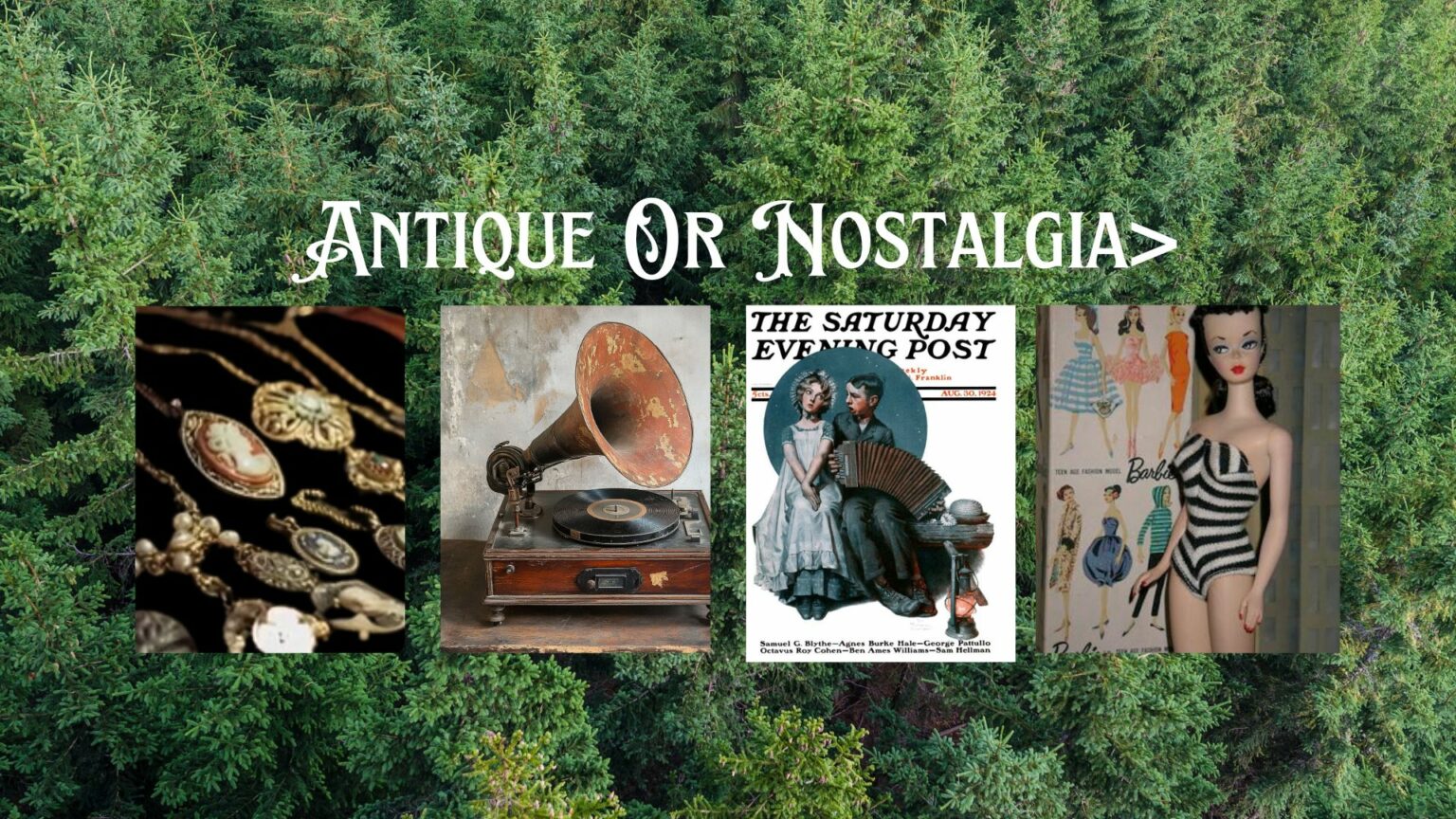
I don’t just throw around the word “antique” for no reason. Feelings of age and strength come with it. But in this case, something is usually thought of as antique after 100 years. For now, this means anything made before the 1920s fits the bill. This age requirement helps tell the difference between real antiques and just old things.
Knowing the historical background is incredibly important when it comes to antiques. After all, antiques aren’t just old things; they hold significance because of their craftsmanship, aesthetic appeal, and sometimes even the materials used in their creation. Moreover, each antique serves as a piece of history, offering a glimpse into what life was like during the time it was made. This history not only helps in identifying an antique but also adds to its overall value.
If you’ve got your sights set on a specific piece, it’s a good idea to do some research and chat with experts or trusted sources. This will help you be sure you’re getting a real antique and not just something that looks like an antique. Not only does knowing these little details make your collection more valuable, but it also helps you appreciate how each piece has changed over time.
Why Understanding the Difference Matters
Understanding the distinction is essential for collectors and buyers. Is it worth the investment? How to identify the differences between antique and nostalgic items.
Find out in our next section.
- Worth the investment?
- Antiques: Increase in value over time, seen as financial assets.
- Case study: A 19th-century Tiffany lamp sold for over $ 2 million at auction.
- The ‘Wizard of Oz’ ruby slippers are auctioned for a record $28 million, including the Dallas-based auction house’s fee; the unknown buyer will ultimately pay $32.5 million for the pair of iconic ruby slippers that were stolen from a museum nearly two decades ago.
- Nostalgic Items: Value lies in personal significance, not market trends.
- Example: A first edition Nintendo Game Boy holds sentimental value but limited monetary worth.
- Spotting Antiques:
- Check for maker’s marks or production detailing, or a signature.
Look for provenance (history of ownerships). - Consult an expert for appraisal.
- Recognizing Nostalgia.
- Nostalgia items don’t require historical significance—just personal or cultural relevance.
- Examples: Movie posters from your youth or a beloved stuffed animal.
- Tips for buyers.
- Research market trends to avoid overpaying for nostalgic items.
- Ensure the authenticity of antiques by consulting professionals.
Knowing The Difference Between Nostalgia And Antique
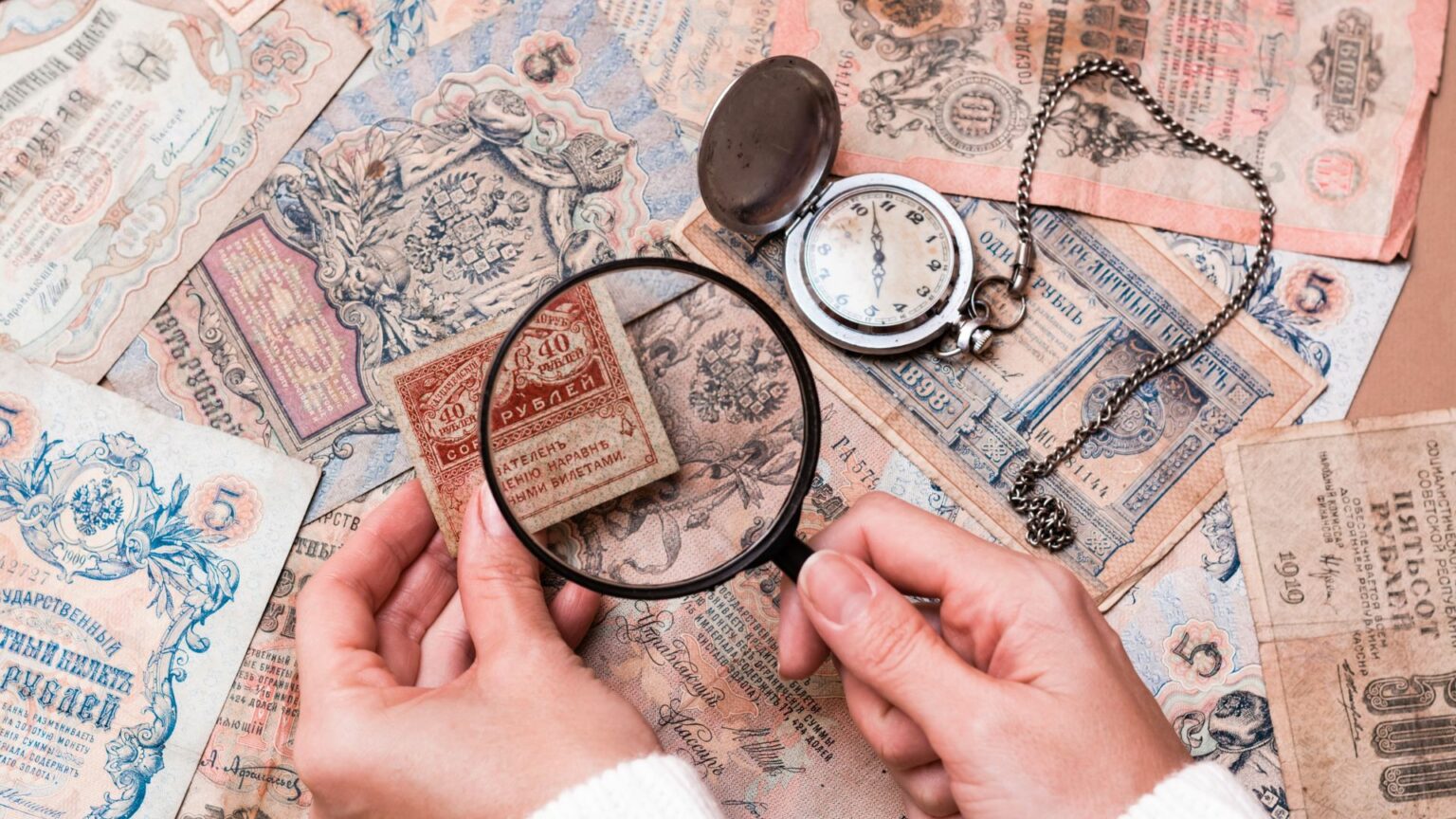
Identifying antiques requires a keen eye and a bit of detective work. Key characteristics to look for include the materials used, the craftsmanship, and any maker’s marks or signatures. These can help you figure out where the item came from and how old it is. Knowing what was common during that time can also be very helpful.
Nostalgic items, on the other hand, tend to resonate on a personal or cultural level. Items that bring back memories or the mood of a certain time, like toys from the 1980s or records from the 1970s, could be in this category. Unlike antiques, their value comes from how much you care about them rather than how old or well-made they are.
Asking experts for help can significantly enhance your understanding. Qualified appraisers or historians, for example, can offer valuable insights or even authenticate items. Additionally, joining groups dedicated to people who collect vintage items or things that remind them of good times can also be incredibly helpful. Through shared experiences, these communities provide opportunities to learn from others. In fact, by networking in these groups, you can often uncover information you might not have known before.
Combining these identification steps with a good dose of curiosity and patience can really enhance your collecting experience. It helps you not only appreciate each piece but also ensures your growing collection is genuine and cherished for all the right reasons.
Nostalgic, Vintage, and Antiques: Is It Worth the Investment?
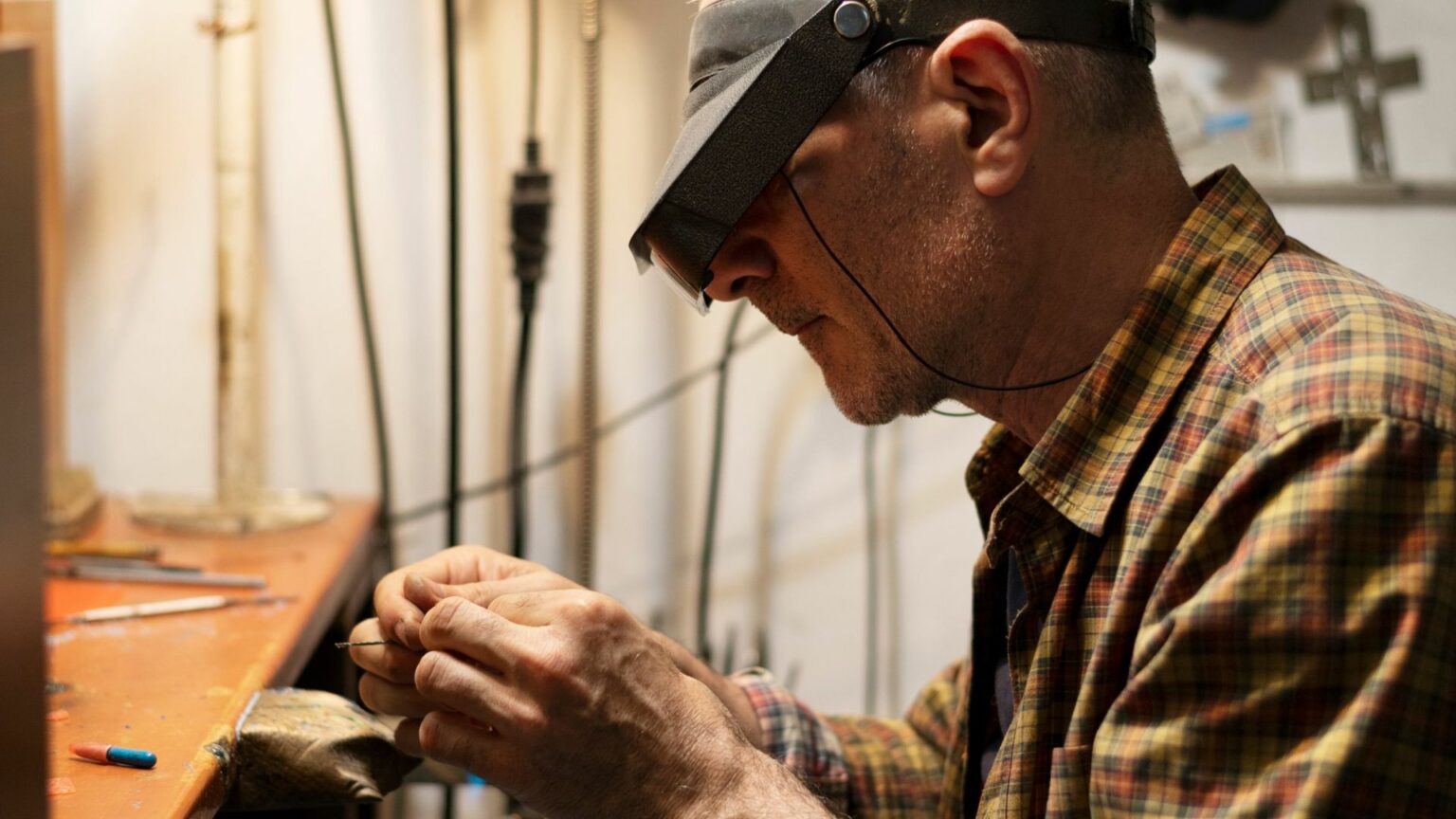
The market for nostalgic, vintage, and antique items is ever-evolving. From a financial perspective, trends can be unpredictable. While some pieces may skyrocket in value, others might not appreciate as expected. You should keep an eye on how the market changes and know what makes some things more popular.
Sentimental vs. monetary value is a balancing act. Nostalgic things that remind you of the past have an emotional value that can’t be measured in money. Yet, it’s this emotional connection that often drives the market value. Conversely, antiques owe their worth to historical significance and rarity, which makes them appealing to investors focusing purely on financial returns.
In terms of the future, people are becoming more interested in preservation and history, which changes the way people collect things. People are becoming more interested in vintage items as eco-friendly alternatives to mass production today. Younger people are also interested in antiques and nostalgia because they can be used to tell stories. This means that people will continue to be interested in these things.
For anyone thinking about dipping their toes into collecting, blending passion with a savvy eye for investment can be rewarding. Think about what makes you feel the happiest and compare that to what you could gain in the market. This dual approach ensures that your collection not only brings personal joy but might also yield financial dividends in the long run.
In Conclusion, What's The Difference Between Nostalgia And Antiques?
Nostalgia and antiques may overlap, but their differences make each one unique. When you feel nostalgic, you go on a trip into your heart, and when you look at antiques, you can touch history. Not only does knowing these differences help you appreciate things more, but it also helps you make better choices as a collector or fan.
So, the next time you’re at a flea market or antique shop, ask yourself: Are you chasing a memory, or are you investing in history? Either way, you’re keeping the past alive in your own special way.
This post will keep you informed, interested, and ready to explore the world of memories and old things. In the comments below, tell us about your favorite old thing that makes you feel nostalgic.
Find out more about our website through our About Us Page.
Bonus Content:
Our goal in writing this essay was to provide you with useful information and ideas. See more material that we think you’ll like down below.
join Nostalgia Nook Antiques
We appreciate the chance to reply to every single person who takes the time to provide feedback at Nostalgia Nook Antiques. Do not be shy, please.


Become a part of Nostalgia Nook Antiques and receive Sunday morning updates.
Bonus Content:
Our goal in writing this essay was to provide you with useful information and ideas. See more material that we think you’ll like down below.